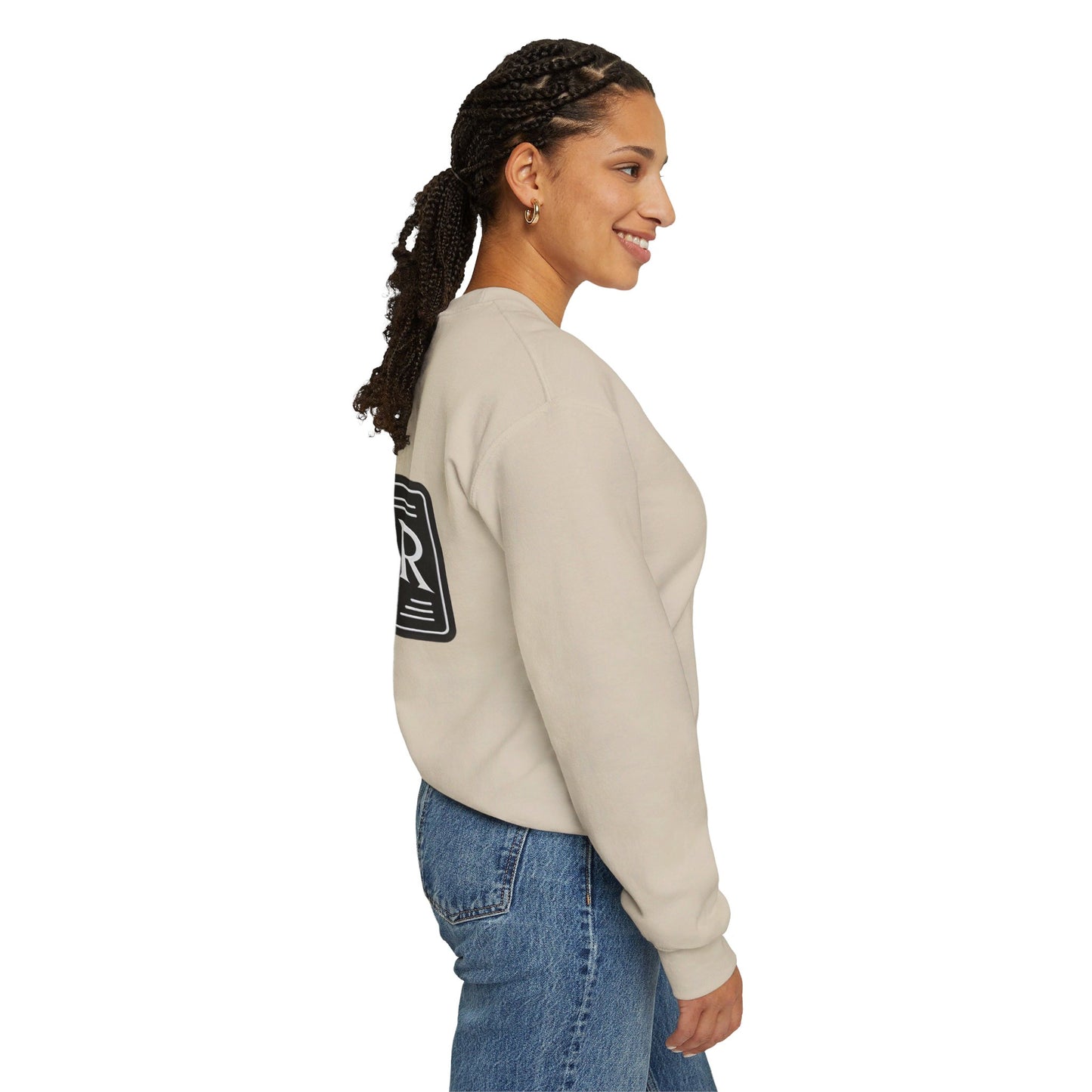Armor of God Unisex Crewneck Sweatshirt
Armor of God Unisex Crewneck Sweatshirt
Couldn't load pickup availability
PRODUCT DETAILS
PRODUCT DETAILS
Our 100% ethically grown US cotton crewneck offers a refined, yet relaxed look that effortlessly blends style and confidence.
The Armor of God design and classic fit make this piece a versatile staple, perfect for any occasion.
Whether dressed up or kept casual, it’s a timeless addition to your wardrobe.
Crafted with the highest standards of sustainability, this sweatshirt features OEKO-TEX certified dyes, ensuring both comfort and durability.
SHIPPING & RETURNS INFO
SHIPPING & RETURNS INFO
We allow returns and exchanges for all of our apparel (conditions apply).
If you would like to initiate your return/exchange, or want to learn more click here.
SUSTAINABILITY
SUSTAINABILITY
At Disciple Crew, we believe that protecting our planet is our duty as stewards of God's creation.
We are committed to crafting stylish, high-quality clothing that is both sustainable and ethical.
Our collections feature non-toxic, cruelty-free materials and certifications from leading environmental and social responsibility organizations.
Join us on our ongoing journey toward a more sustainable future, and click here to learn more.










